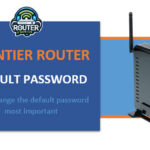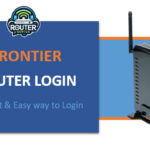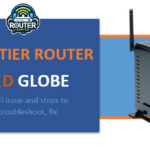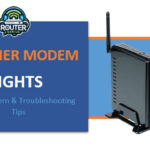Introduction: Frontier communications is another leading internet and TV provider company which is located in various states of America. The router default password service provider offers customers Internet, television, home security, and phone services which are provided by the company called AT&T. Frontier like any other ISP I should mention will offer a customer a … [Read more...] about Frontier Router Default Password (Why change default password)
Frontier
How to Reset Frontier Router (Hard, Soft, or Factory Resets)
Frontier delivers internet services to millions of households and companies within the United States. As with any ISP, problems can occur with their routers that would necessitate a reset. Restarting the Frontier router is easy and can help fix most connectivity issues. Here we will discuss how to reset a frontier router and give a brief guide on how to do it. We will also … [Read more...] about How to Reset Frontier Router (Hard, Soft, or Factory Resets)
Frontier Router Red Globe WiFi issue & steps to troubleshoot fix
A frontier router red globe indicates that there is a problem with the signals that broadcast from the router of the computer. As part of what you are likely to find within this article, we shall be articulating an understanding the red globe problem and the simple things that one can do to attempt to solve it and in cases where it cannot be solved this will also form other … [Read more...] about Frontier Router Red Globe WiFi issue & steps to troubleshoot fix
Frontier Router Login: (Perfect & Easy way to Login)
Frontier Communications is a telecommunication firm which provides internet, television, phone and security services to homes and businesses within the United States of America. Similar to other Frontiers, as a Frontier customer, at some point, you will need to access the settings of your Frontiers router login to monitor your connection, alter the WiFi password, or even … [Read more...] about Frontier Router Login: (Perfect & Easy way to Login)
Frontier Modem Lights (Lights pattern & Troubleshooting Tips)
The internet connection may be affected by many factors that are within your control or those beyond you. Nevertheless, monitoring the state of your frontier modem lights is rather helpful in identifying problems on your own and knowing when it is time to call the support team. This article will elaborate on the various lights on frontier modem and what they depict in terms of … [Read more...] about Frontier Modem Lights (Lights pattern & Troubleshooting Tips)





